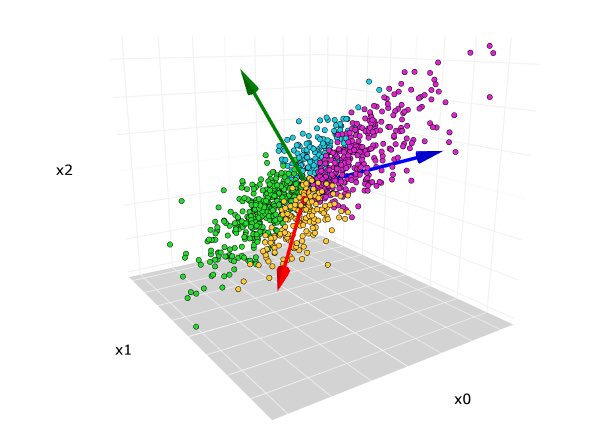[1/9] 🎲 Let's talk about the difference between probability and likelihood in #statistics. These two terms are often confused, but understanding their distinction is key for making sense of data analysis! #Rstats #DataScience 

[2/9]💡Probability is a measure of how likely a specific outcome is in a random process. It quantifies the degree of certainty we have about the occurrence of an event. It ranges from 0 (impossible) to 1 (certain). The sum of probabilities for all possible outcomes is always 1.
[3/9] 📊 Likelihood, on the other hand, is a measure of how probable a particular set of observed data is, given a specific set of parameters for a statistical model. Likelihood is not a probability, but it shares the same mathematical properties (i.e., it's always non-negative).
[4/9] 🔑 The key difference between probability and likelihood is their focus. Probability is concerned with the outcome before it happens, while likelihood is focused on the model's parameters after the data has been observed. #RStats #DataScience
[5/9] 🌟 Now let's demonstrate the difference using #Rstats. Suppose we're interested in the probability of getting heads (H) or tails (T) when flipping a fair coin. We can simulate this process in R:
set.seed(123)
flips <- sample(c("H", "T"), size = 100, replace = TRUE, prob = c(0.5, 0.5))
table(flips)
flips
H T
47 53
#RStats #DataScience
flips <- sample(c("H", "T"), size = 100, replace = TRUE, prob = c(0.5, 0.5))
table(flips)
flips
H T
47 53
#RStats #DataScience
[6/9] 📈 From the simulation, we can estimate the probability of heads or tails. In this case, since it's a fair coin, the probability of each outcome is 0.5.
Now, let's consider a model with a parameter p (probability of heads) and compute the likelihood for the observed data.
Now, let's consider a model with a parameter p (probability of heads) and compute the likelihood for the observed data.
[7/9] 🧮 In R, we can compute the likelihood using the binomial distribution:
n_heads <- sum(flips == "H")
n_tails <- sum(flips == "T")
p <- seq(0, 1, 0.01)
l <- dbinom(n_heads, size = length(flips), prob = p)
plot(p, l, type = "l", xlab = "p", ylab = "Likelihood")
#RStats
n_heads <- sum(flips == "H")
n_tails <- sum(flips == "T")
p <- seq(0, 1, 0.01)
l <- dbinom(n_heads, size = length(flips), prob = p)
plot(p, l, type = "l", xlab = "p", ylab = "Likelihood")
#RStats

[8/9] 📉 The likelihood plot shows how probable our observed data is for each value of p. The higher the likelihood, the more consistent the data is with the model parameters. Note that the likelihood isn't a probability distribution, as the area under the curve doesn't sum to 1.
[9/9] 📚It's important to remember that likelihood is not the probability of the parameters themselves, but rather a measure of how well those parameters fit the data we've observed. This distinction is crucial for understanding concepts like maximum likelihood estimation (MLE).
• • •
Missing some Tweet in this thread? You can try to
force a refresh

 Read on Twitter
Read on Twitter








